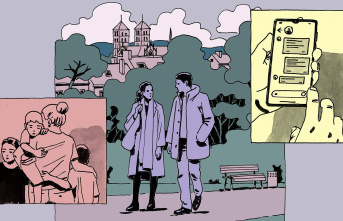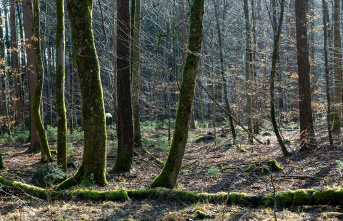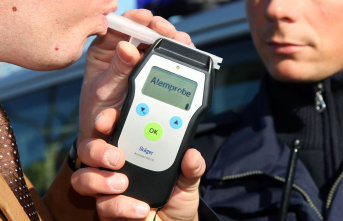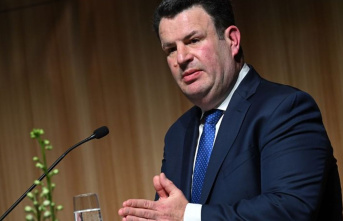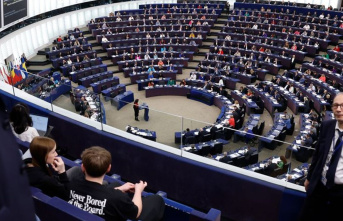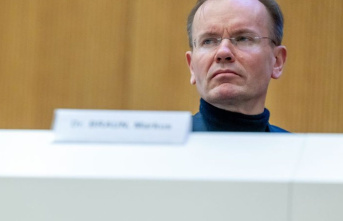How many fighters are left in the cellars of the Azovstal steelworks? It is the question that the Russian military commanders are asking and that the Ukrainian authorities refuse to reveal. It is also this uncertainty that this Thursday led the Kremlin to unleash a new fierce bombardment on the steel plant in order to prevent the risk of an ambush and force the exit of all the resisters. The projectiles fell for the umpteenth time and the mayor of Mariupol, Vadym Boychenko, warned that the repetition of the air strikes has put the region on the brink of a "tremendous environmental catastrophe" due to the possible rupture of the chemical substance warehouses, which will be seen in the next few days when they seep into the underground streams.
The Russian Army is convinced that the absolute fall of Azovstal will happen in a matter of hours, since the Ukrainians have been without ammunition for four days and the surrender this Thursday of the deputy commander of the Azov Regiment, Svyatoslav Palamar, opens the door for other commanders follow their steps and solve another of Moscow's questions: Which battalion commanders are most hated by Russia and are trapped in the factory?
The accounts do not add up to the government of Vladimir Putin. After the evacuation a week ago of the last children, women and elderly refugees in these facilities, kyiv dropped the figure that around a thousand fighters maintained the resistance. However, in 72 hours, 1,730 have already surrendered, including soldiers, police and members of the National Guard. Of them, 771 surrendered this Thursday and were transferred to hospitals and detention centers under Russian control. In total, 88 injuries were reported.
The Red Cross denounced impediments to its work, but managed to identify "hundreds" of those arrested before being taken to the prison camps of Olenivka, Novoazovsk (whose hospital houses 53 wounded) and Taganrog, on the shores of the Azov Sea. The United Nations pays the utmost attention to ensuring that "enforced disappearances" do not occur among a depressed troop, who were paraded before the Russian cameras before boarding the buses. Several detainees walked with crutches. Most were exhausted.
The Red Cross has asked both sides to allow access to the huge steel mill to "collect the dead", who are guessed by "hundreds". kyiv assumes that the rescuers will meet with a massacre, including civilians, in view of the duration and brutality of the siege. Will there be children? “Nobody knows exact data, neither about the living nor about the dead. The head of the children's service is not alive," declares prosecutor Yulia Osenko.
The delivery of Svyatoslav Palamar has been an incentive for the Russian commanders, who see the capture of the leaders of the Azov Regiment as one of the great victories of the siege. Vice Commander 'Kalina', as he is nicknamed, had been critical of the Zelenski Executive, explaining that "our leaders should have reacted earlier" so that the invaders did not cut off the supply routes to the factory. Palamar pointed out that the Government's insistence on maintaining the defense "is impossible" and demanded that it "do everything possible to save its soldiers."
The future of the detainees is now uncertain. kyiv, the Red Cross and the UN are negotiating a prisoner exchange with Moscow, although in this part voices are growing asking to limit it to the police forces and punish the members of the Azov Regiment for terrorism. Such a sentence could lead to execution.
The Kremlin hopes to locate among the refugees some of the most wanted commando leaders. Among them is Denys Prokopenko, who could be accompanied by several militiamen from the 'White Boys', former hooligans with a reputation for being one of the most brutal sections of the battalion. Given up for dead days ago, Prokopenko later published a video in which he reported that he was fighting in Mariupol. If so, he shares a trench with Lieutenant Illia Samoilenko, 27, deputy coordinator of the Azovstal resistance. He recently acknowledged that the invaders «attack in waves and they are exhausting us. We can't recover between rounds." Samoilenko expressed the harshness of the situation and his hope for an agreed surrender: «Surrendering is unacceptable. To be captured means to be dead."
Who the invading Army will not find is Andriy Biletsky, founder of the regiment. This Thursday he reappeared from an anonymous location to report that he remains in contact with his colleagues and ask that there be no speculation about the evacuation. “The main thing now is not to damage the operation to rescue the soldiers. Everyone who wants to share their thoughts about what is happening in Azovstal, or those who have inside information, keep it to yourself," he stressed.
Russian troops continued their advance on Thursday towards the city of Severodonetsk, in the east of the country, where 12 people were killed and 40 wounded by bombing. Intelligence services believe that the Kremlin is creating fortifications in the conquered areas of the Donetsk and Luhansk regions with a view to their annexation to the Russian Federation. Zelenski promises to recover them, but discouragement seems to spread in part of the population. “The propaganda tells us to be proud every day and every hour. But where is the water? where are the mobilized? Where is the job? », Criticizes Sergéi, a resident of Donetsk who denounces his weariness due to the growing corruption of the moneychangers or the bus owners «who ask for 400 euros to take us to kyiv».
7


